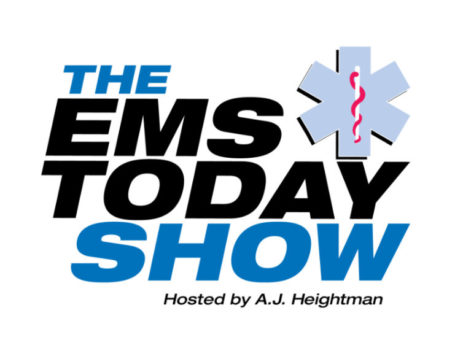Chemical, Biological, Radiological, and Nuclear Resources for First Responders
There has been increased concern about both domestic and international terrorism throughout the world. There are also natural disasters and accidental events, such as chemical releases or theft/loss of radioactive isotopes from construction sites or hospitals, occurring all around the country. One thing is clear, First Responders are almost always going to be first in on any of these incidents, except for those on the scene as the incident is occurring, looking for help. First Responders can, with the correct training,...



